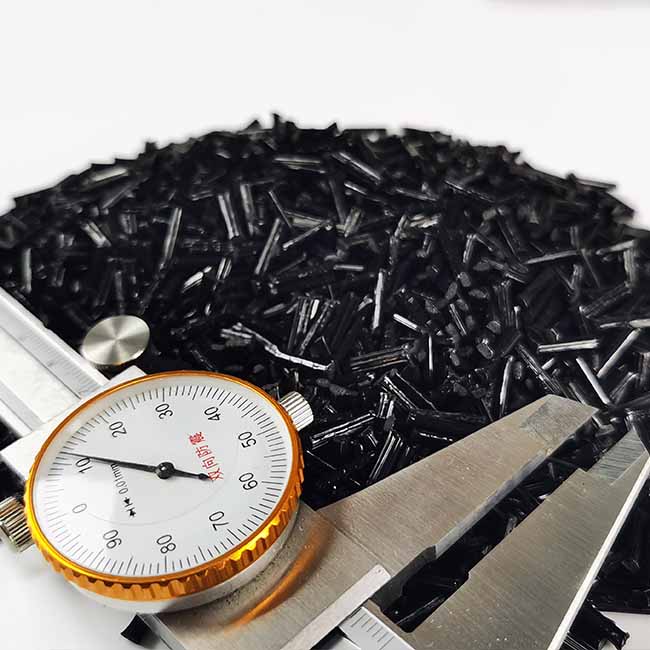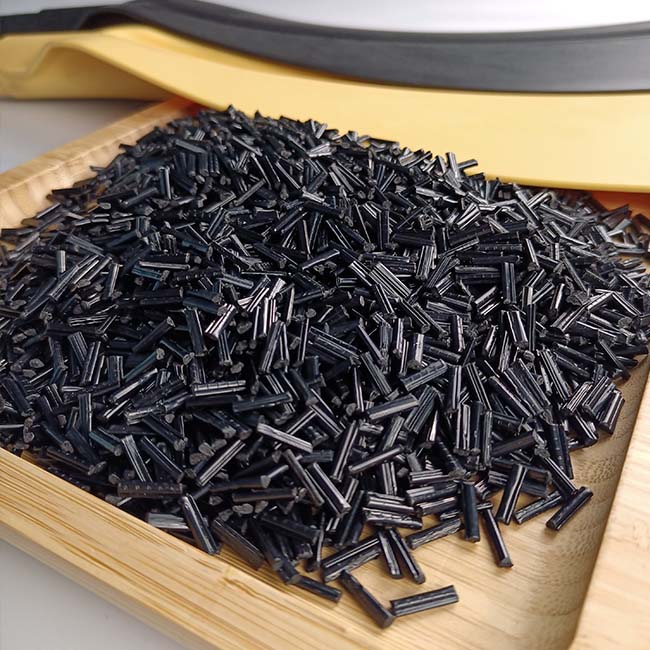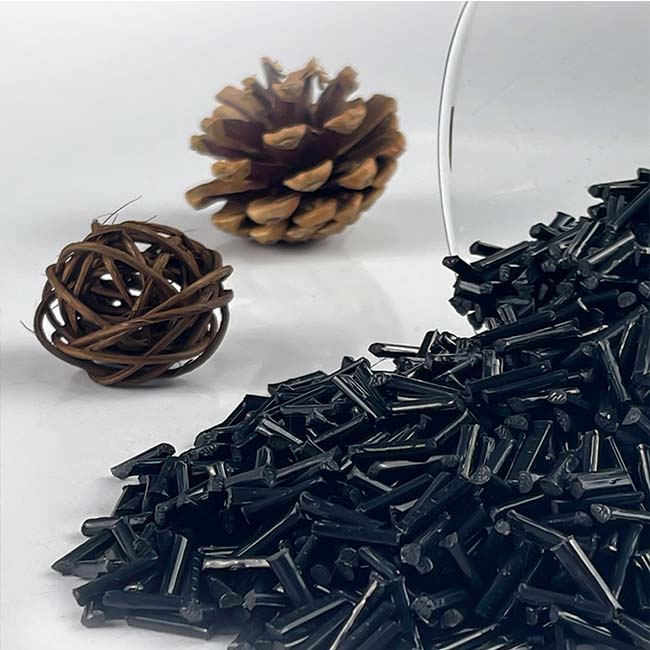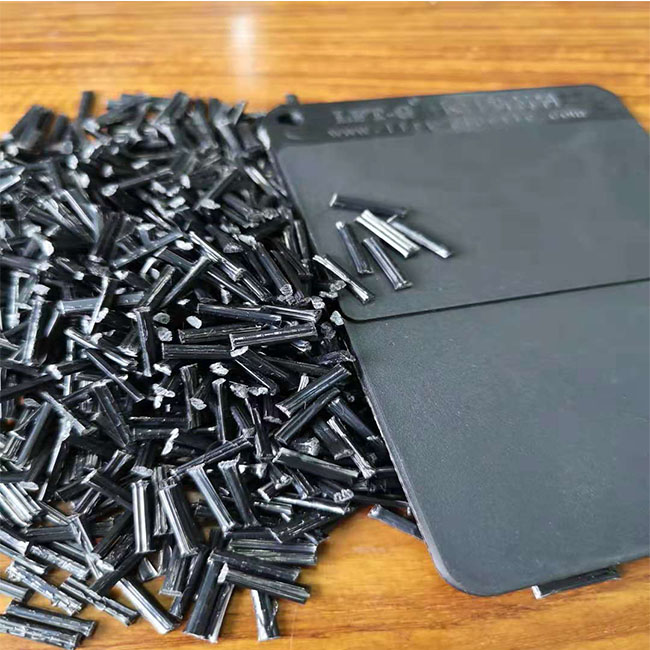Relleno de fibra: 20%-60%
Característica: alta tenacidad, peso ligero, alta resistencia, resistencia al desgaste, resistencia a la corrosión, resistencia a la fluencia, conducción, transferencia de calor.
Relleno de fibra: 20%-60%
Característica: alta tenacidad, peso ligero, alta resistencia, resistencia al desgaste, resistencia a la corrosión, resistencia a la fluencia, conducción, transferencia de calor.
Artículo No.:
PA6-NA-LCF40Pago:
T/T or L/C (other payment ways also can be diorigen del producto:
Xiamen, ChinaColor:
Original color (also can be customized)Puerto de embarque:
Xiamen, ChinaIntroducción de PA6
Nylon 6 (PA6), también conocido como poliamida 6, tiene buena resistencia mecánica y cristalización, y tiene las características de resistencia a la corrosión, resistencia al desgaste, etc., en la industria del automóvil, tránsito ferroviario, embalaje de películas, aparatos electrónicos y textiles y otros principales campos para lograr una amplia gama de aplicaciones.
Aunque su rendimiento integral es excelente, también tiene una serie de deficiencias, como que PA6 no tiene una fuerte resistencia a ácidos y álcalis, baja resistencia al impacto a baja temperatura y estado seco, y su base hidrofílica provocará una alta tasa de absorción de agua, y el módulo elástico, la resistencia a la fluencia, la resistencia al impacto, etc., se reducirán en gran medida después de la absorción de agua, lo que afectará la estabilidad dimensional de los productos y las propiedades eléctricas de los productos.
Por lo tanto, se necesita investigación de modificación en pa6.

El tratamiento de secado de PA6 para moldeo por inyección es fácil de absorber agua, por lo que se le debe dar gran importancia al tratamiento de secado antes del procesamiento real. Si el material se expone al aire durante al menos 8 h, debe secarse a 105 ℃ durante más de 8 h.
■ Estudio de modificación de PA6
1. Enhanced modification
Due to the existence of hydrogen bonds in PA6 molecules, its flexibility and strength will inevitably be affected. With the increase of hydrogen bond density, the mechanical strength of PA6 will be correspondingly increased.
The more carbon atoms there are, the longer the flexible chain, the more resilient it is. The mechanical properties of PA6 composites can be enhanced by adding glass fiber.
The tetragonal zno whisker has a very high tidiness. Based on this, the results of the study on the enhancement effect of the zno whisker on the casting PA show that the composite has the highest tensile strength when the whisker content is 5%, and increasing the whisker content will reduce the heat resistance and water absorption of the material.
The fly ash was treated with silane coupling agent and then filled into the cast PA6 product for modification. The final product had better thermal stability, shrinkage rate and water absorption.

2. Flame retardant modification
The oxygen index of PA6 is 26.4, which is flammable material.
National laws and regulations clearly require the flame retardancy of polymer materials, so it is necessary to attach great importance to the flame retardancy modification of PA6 when it is used in electricity-related products.
The flame retardancy of aluminum hypophosphate is relatively good in the materials prepared by blending various metal hypophosphate salts with PA6. When the content of aluminum hypophosphate is 18%, the burning loss of the material can reach 25, and UL94 can reach V-0 grade.
Melamine cyanuric acid (MCA) modified with red phosphorus can be used as the flame retardant of PA6. Red phosphorus can hinder the formation of large planar hydrogen bond network between melamine and cyanuric acid, thus refining MCA, and MCA can form carbon under the action of red phosphorus. Therefore, modified MCA can play a flame retardant role in the condensation phase and gas phase, which is conducive to the improvement of flame retardant property of PA6.
The limiting oxygen index (LOI) of the composite was improved by adding guanidine sulfonic acid into PA6 matrix by melt blending method. The vertical combustion test showed that the yield of molten droplets was significantly reduced compared with that of pure PA6 when the addition of guanidine sulfonic acid was 3%, and the grade of UL94 was increased to V-0 when the addition of Guanidine sulfonic acid was not less than 5%.

3. Toughening modification
The toughened and modified PA can be obtained by adding the ductile resin or elastomer to the PA resin and then blending and extrusion.
When the toughening agent is polarized SBS, the toughening blend system of polarized SBS and PA6 is obtained by mechanical melting blending method. When the amount of polarized SBS is increased, the notch impact strength of the system and the flexibility of the material will also be improved.
Compared with PA6 and EPDM composites, EPDM grafted with maleic anhydride has better rubber and plastic compatibility and higher toughness.
When the dosage of EPDM grafted with maleic anhydride was 15%, the blended material had 9 times more notched impact strength than PA6 material.
